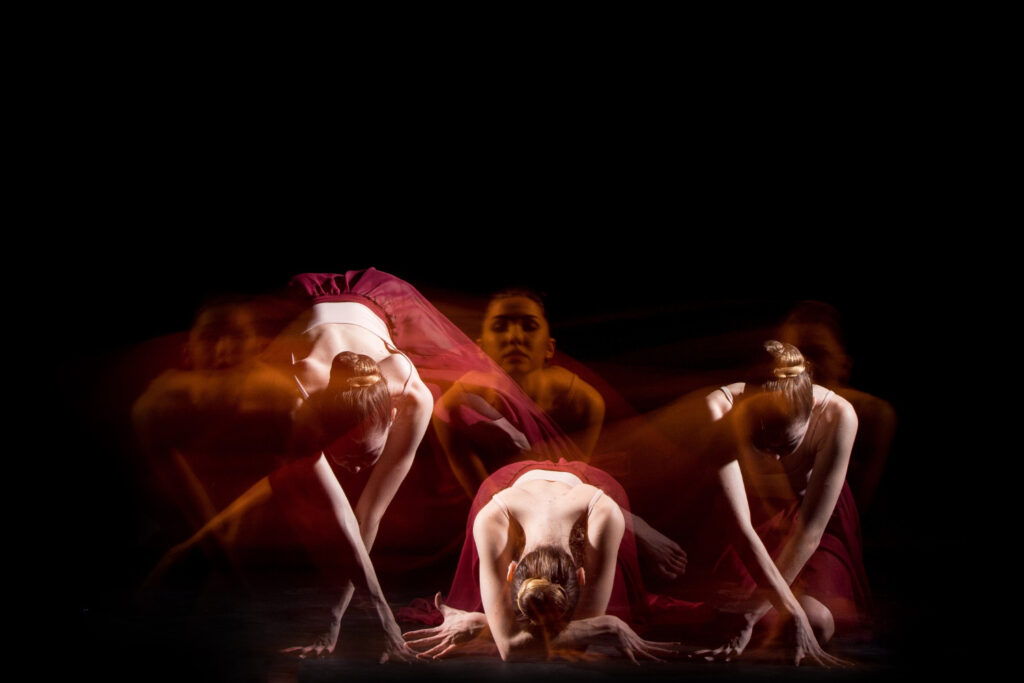
Dramatic Forms vs. Styles: A Beginner’s Guide
Two fundamental concepts, dramatic forms and dramatic styles, play crucial roles in shaping theatrical narratives. In this beginner’s guide, we’ll explore these concepts, understanding how dramatic forms structure the content and how dramatic styles express the essence of a performance.
Dramatic Forms: Crafting the Structure
Dramatic forms are the architectural blueprints that underpin the structure and organization of a dramatic work. They serve as the framework upon which the narrative unfolds, catering to specific artistic or thematic purposes. Here are some notable dramatic forms commonly encountered in Australian theater:
1. One-Act Play
A one-act play is a concise dramatic work typically composed of a single act or scene. These compact narratives often explore a specific theme or moment in great depth, making them a potent choice for conveying intense emotions or thought-provoking ideas.
2. Collage Drama
Collage drama is a creative tapestry woven from various text and performance fragments. This form allows artists to juxtapose disparate elements, creating a collage of voices, perspectives, and emotions that collectively convey a larger message or narrative.
3. Film Monologue
A film monologue presents a character’s innermost thoughts, feelings, and reflections through a solo performance in a cinematic style. It offers a unique opportunity for actors to engage intimately with the audience and explore the depths of a character’s psyche.
4. Verbatim Theatre
Verbatim theatre is a documentary-style form that involves the precise recreation of real-life events or interviews. It aims to provide an authentic portrayal of historical or contemporary issues, relying on the verbatim repetition of source material.
5. One-Person Show
In a one-person show, a single performer takes center stage to embody multiple characters and narratives. This form demands exceptional versatility from the actor and offers a platform for intimate storytelling.
Dramatic Styles: Expressing the Essence
While dramatic forms provide the scaffolding, dramatic styles determine how the artistic action is expressed and performed. These styles encompass a wide range of performance techniques and aesthetics, each with its own distinct characteristics and artistic intentions. In the realm of Australian theater, several dramatic styles have gained prominence:
1. Physical Theatre
Physical theatre emphasizes the use of the body as the primary tool for storytelling. It incorporates movement, gesture, and physicality to convey emotions and narratives, often transcending linguistic boundaries.
2. Butoh
Butoh is a Japanese avant-garde dance theatre style known for its surreal and often unsettling performances. It explores themes of transformation, decay, and the human condition through distinctive movements and imagery.
3. New Circus
New circus combines traditional circus skills with contemporary storytelling and aesthetics. This style pushes the boundaries of physicality and often incorporates narrative elements into awe-inspiring performances.
4. Commedia
Commedia draws its roots from Italian comedic traditions, characterized by stock characters, improvisation, and slapstick humor. It offers a lively and interactive form of theatrical entertainment.
5. Realism
Realism seeks to portray the world on stage as authentically as possible, emphasizing naturalistic acting, settings, and dialogue. It aims to mirror everyday life and human behavior faithfully.
6. Melodrama
Melodrama embraces heightened emotions, moral clarity, and clear-cut heroes and villains. It amplifies the dramatic tension through music, exaggerated gestures, and moral dilemmas.
7. Dramatic Storytelling
Dramatic storytelling prioritizes the narrative itself, often featuring a storyteller who engages the audience directly. It relies on vivid language and compelling storytelling techniques to captivate the viewer’s imagination.
8. Visual Theatre
Visual theatre places a strong emphasis on imagery, visuals, and non-verbal communication to convey its message. It often blurs the line between theater, visual art, and performance.
In summary, grasping the distinctions between dramatic forms and styles is essential for those studying and creating theatre. These concepts provide a practical framework for artists to structure their work and for audiences to appreciate the varied facets of drama. As you delve further into the world of dramatic forms and styles, you’ll uncover the practical tools and creative opportunities that these elements offer, enhancing your understanding of this diverse and dynamic art form.






